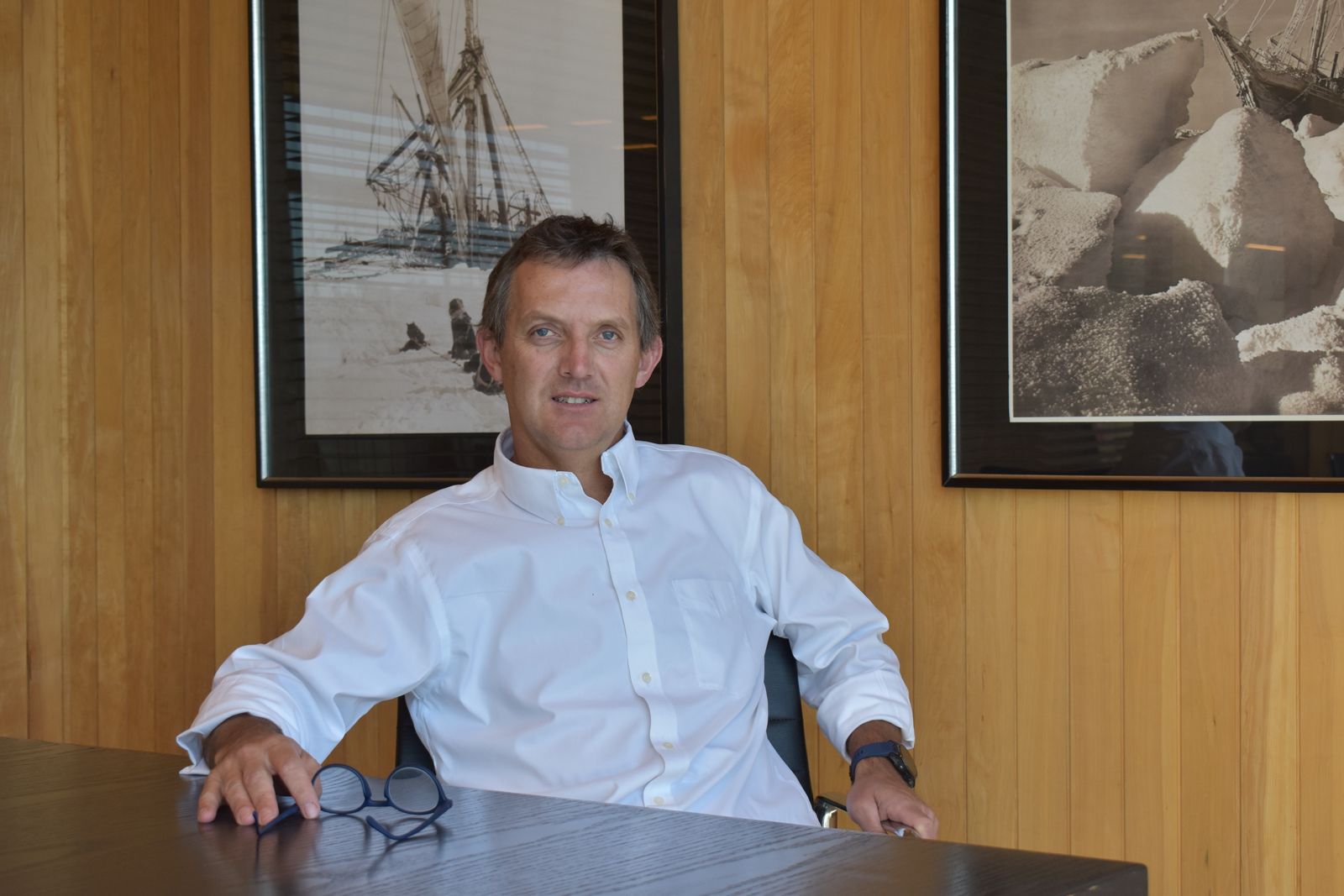2024 marks 15 years since Antonio Zegers, Santiago Valdés, and Roberto Loehnert created Venturance Alternative Assets, an asset manager specializing in alternatives that has carved out its space in the Chilean financial ecosystem. Looking ahead, the plan is to leverage the experience their investments have brought them to launch new strategies in venture capital and growth equity, in addition to taking advantage of opportunities from the boom in private debt.
“As a management company, we are advancing in all areas,” describes Zegers, general manager of the investment firm – which has around 350 million dollars in AUM – in an interview with Funds Society. In particular, the areas of greatest interest to the firm are private equity and private debt, with new launches in mind, supported by the good results of two exits made in 2024.
In venture capital – one of Venturance’s flagship areas – they have two funds in operation: FIP Alerce, a private vehicle in the investment process, and Zentynel I, a fund focused on biotechnology and domiciled in the U.S. About this last vehicle in particular, Zegers highlights that “it has advanced very quickly in its placement and is a niche where we have adapted quite well.”
For its part, in growth equity, they have four strategies, according to their online portal. Two are private investment funds (FIP): Endurance I and Venture Equity, and two public funds: Outdoors and SAAS HR. In this area, the firm’s strategy is to take medium-sized companies, in the growth stage, and make them “as professionalized as possible,” describes the CEO of the asset manager.
New Launches
“In 2025, we are going to launch the second Zentynel fund, to continue that strategy,” Zegers anticipates, expecting it to be around 30 million dollars.
Regarding the portfolio, the executive notes that “like any venture capital fund,” the vehicle will be “well atomized,” with around 15 investments in the portfolio. The portfolio’s objective is biotechnology companies and related businesses, such as medical devices.
On the other hand, the firm is preparing to launch its third public growth equity fund. In this asset class, the objective is to strengthen the operation of the companies so that a strategic buyer is willing to pay for that added value and that the companies can move to a new stage of expansion.
“We have a group of base contributors who want to continue doing things with us,” says Zegers, adding that the new fund will replicate the strategy of the previous two iterations. Thus, they will focus on a profile of medium-sized companies, with revenues between 10 million and 50 million dollars, and expect the portfolio to have more than eight assets.
“We have already liquidated four assets, and the idea is to capitalize on our specialization in that area, for the next fund,” he notes. In May 2024, they sold the hamburger chain Streat Burger to the business group Copec, and in September, the mining equipment supplier Ancor Tecmin to the Canadian firm EPCM Group.
Opportunities in Private Debt
Outside of their private equity formulas, private debt – one of the most visible categories in the boom of alternatives in the Chilean fund industry – is a space they are watching closely. “It is the subclass of alternative assets that has been attracting the most attention lately,” says Zegers.
The area manages over 100 million dollars in strategies in dollars, Chilean pesos, and UF (a unit of account indexed to inflation). The hard currency fund, notes the CEO of the asset manager, has seen significant placement.
More recently, the professional also emphasizes that “what is capturing more attention lately is the UF fund,” as the drop in rates has left investors looking for inflation-indexed instruments.
For now, according to their website, the company has three funds: Lennox, which invests in working capital for an exporter, in dollars; FIP Fitz Roy/FI Tronador Deuda Privada, which finances Chilean SMEs via promissory notes with collateral; and FIP Navarino, which invests in short-term debt from a factoring, focused on invoices, leaseback, and loans.
What Lies Ahead
Looking further ahead, Zegers says that at Venturance Alternative Assets, they have “no specific bias.” The key, he explains, is to “stay very attentive” to take advantage of the opportunities offered by the markets in which they participate.
“There are subsectors that are gaining more prominence, such as UF instruments or biotechnology,” but it’s not something they predetermine.
For now, they plan to focus on their business lines: venture capital, growth equity, private debt, and real estate assets, where they manage six development funds.
However, new areas of interest are emerging. “Green infrastructure is a topic we have identified and want to reach, not as a fund directly, but as underlying assets,” he comments, as opportunities for their growth equity strategies. In addition, he notes there are some interesting spaces to explore, such as the world of energy storage.
Regarding more traditional infrastructure, they see less motivation. “We haven’t looked into it. It’s a topic, in our opinion, of greater specialization and size,” says the CEO, adding that while there are local players in that market, “the field is more dominated by foreign infrastructure funds.”




